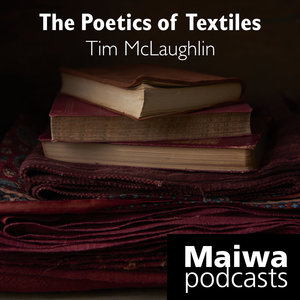HANDWOVEN SELVEDGE
These garments are designed to take advantage of the unique character of handwoven selvedge. Cloth made by hand on a loom has an edge which simply does not exist with mill made yardage. We have designed around this and made it a feature of our clothing.
Handwoven cloth has rhythm and metre that is directly related to how it is made. The edge of the cloth, known as the selvedge, has a character that is formed not only by the weaver throwing the shuttle, but also moving the bamboo stretcher used to keep the fabric under horizontal tension. Weavers love the selvedge in the same way potters love a glaze or cabinet makers love a dove-tail joint. For those who can read them they reveal the personality of the maker.

Slow clothes take time … every day in our store we have conversations with our customers: we introduce the artisans and explain who they are. We point out weave structures, natural dye techniques, and show how hand-tied bandhani is done. Held between thumb and finger, the cloth transmits something very difficult to put into words —
but easy to feel.













































